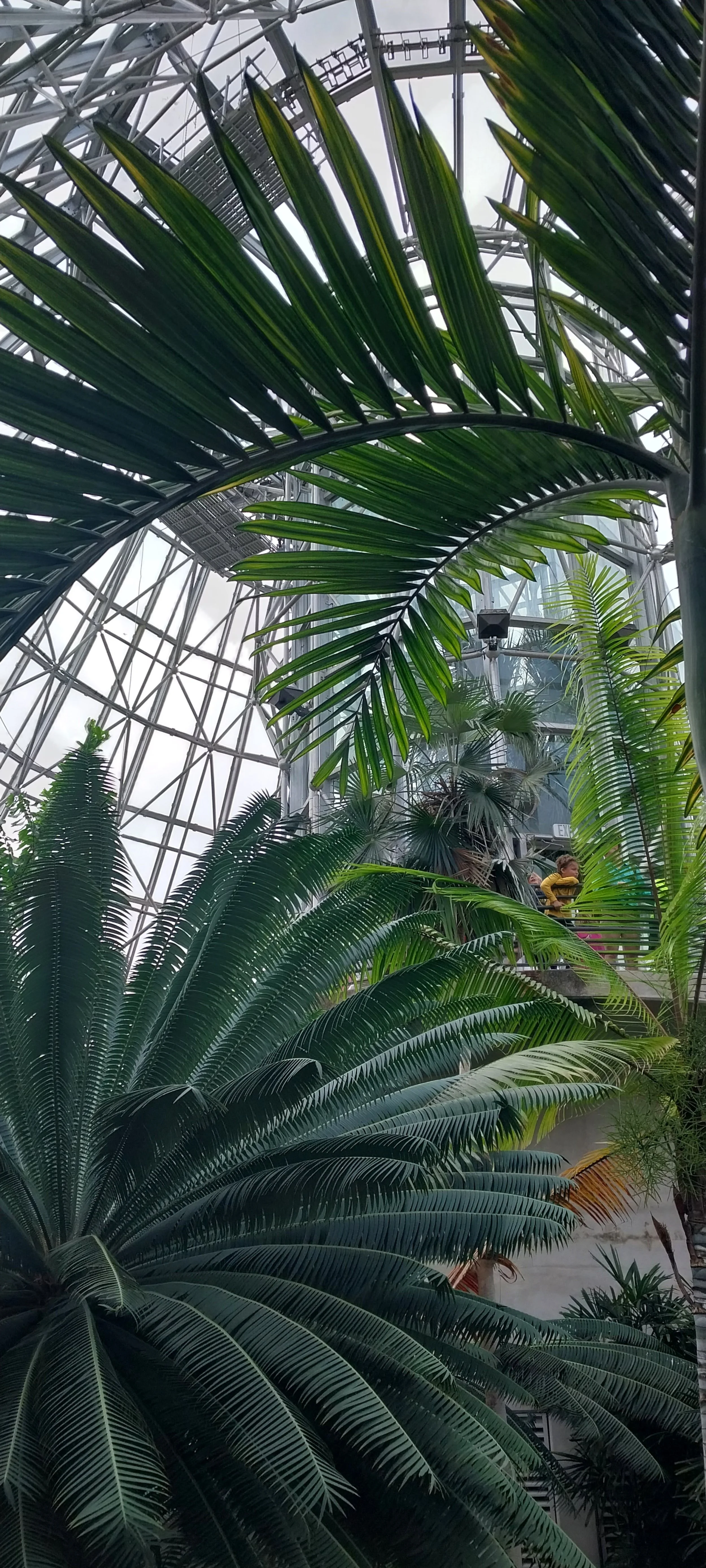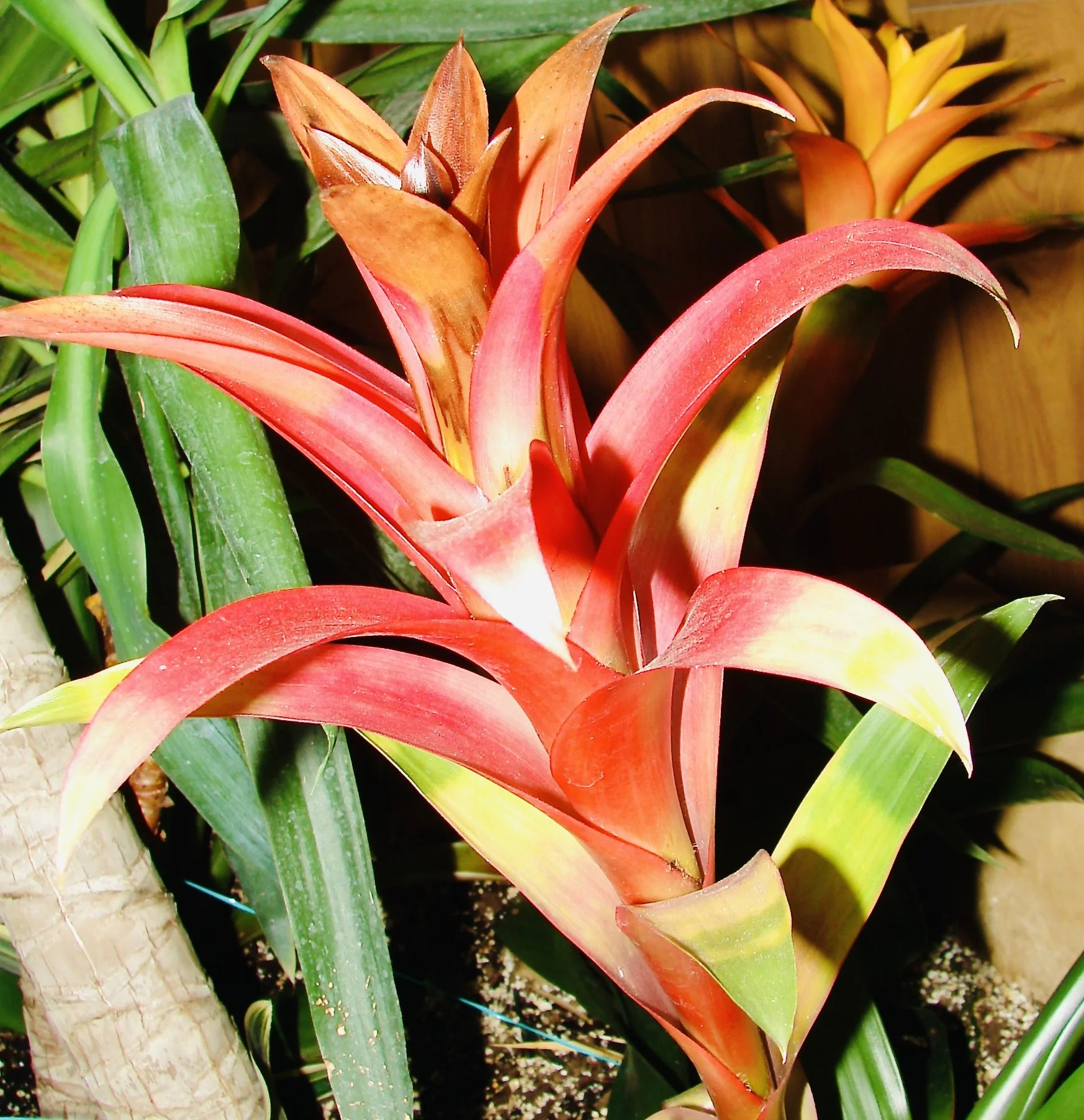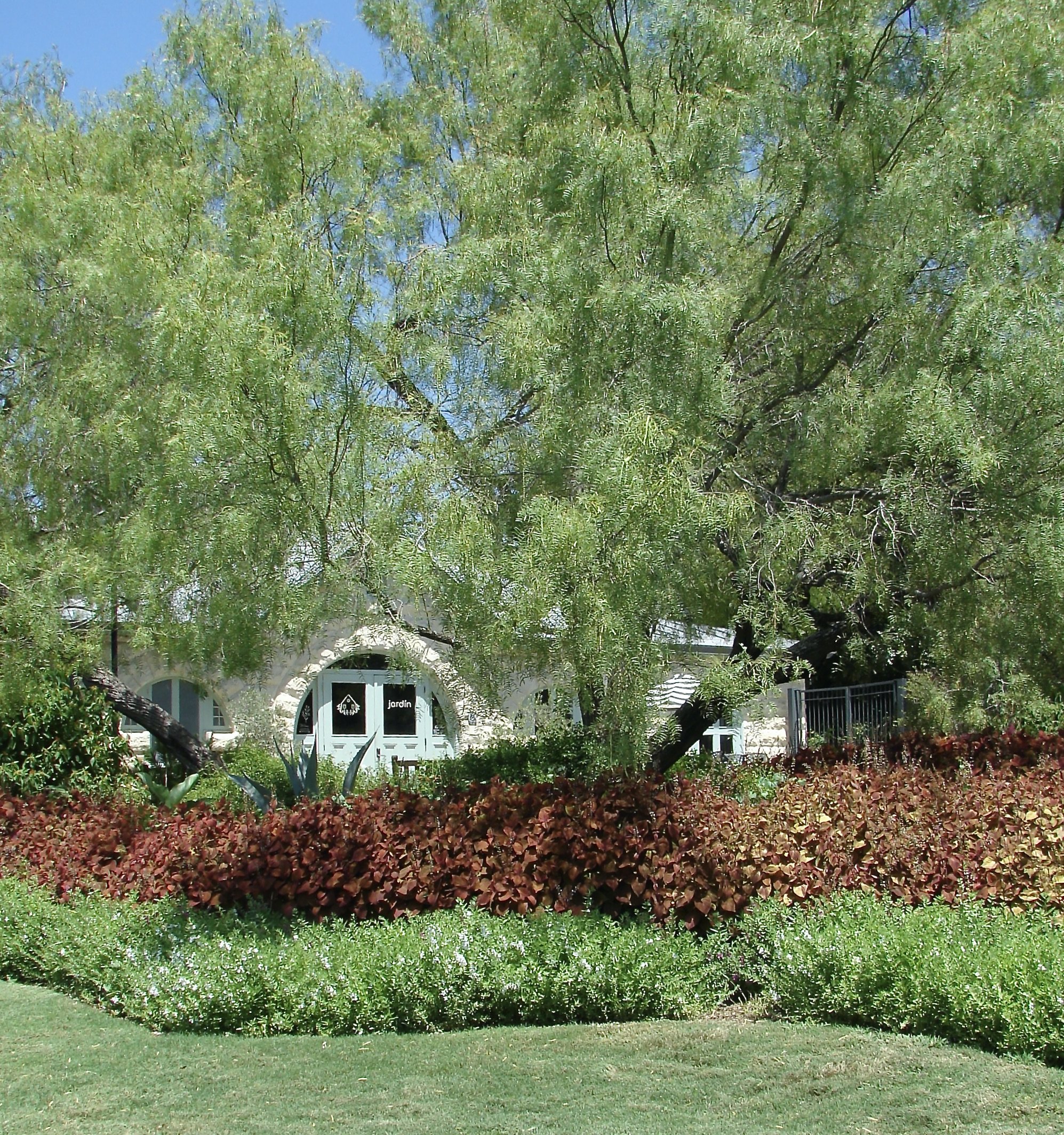The Return of the Houseplant!
The retro look of lots of indoor plants is healthy, too
By Berit Mason

Add a plant to a room and it feels a lot more friendly.
Potted in colorful containers, houseplants keep us company, bringing peace and tranquility into a home. With renewed interest in our environment, having indoor plants is trendy again, and they also offer wellness and health benefits.
Houseplants were popular in the 1970s. The first Earth Day was April 22, 1970, when real concern began about our planet’s ecology. Home interiors and color schemes reflected the desire to display nature inside, using greens, reds, browns, oranges and yellows. Alongside rattan furniture and lava lamps, plants were the perfect complement.
Indoor plants are again popular as it’s been discovered they aid in improving mental and physical health
“There is relatively new research that says that working with soil, working with plants, has a positive effect on our microbiome, so in a general sense, plants are probiotic,” according to Director of Horticulture at the San Antonio Botanical Garden (SABOT), botanist Andrew Labay. Six years at the job, he’s in charge of all of the plants at the garden. To him, plants are friends.
“Just wanting to bring something into your house that’s living and being cared for, it is easier than pets, but it is still something coming into your space,” he says.
Plants have been found to help reduce fatigue by improving air quality, and preventing headaches and respiratory ailments. But plants are not a perfect air filtration system.
“Plants do absorb carbon dioxide and they do output some oxygen. They create the atmosphere on Earth. But there was interesting research that came out that yes, plants filter air. But the amounts that they do, are pretty minimal,” says Labay.
When NASA tested houseplants as air filters for spacecrafts, they discovered plants filter less than we think. It’s more effective to open your doors and windows each morning, letting out bad air, bringing the fresh air in. (So, “touch grass,” as the youth say!)
The garden’s conservatories are home to indoor plants cultivated by their expert staff. “We, as a garden, are interested in promoting them, having classes about them, because of the interest we are seeing. I developed and taught an interior plant course at Palo Alto, and the interest has, without a doubt, been growing,” says Labay. “You have more and more small apartments and townhomes that don’t have big yards, so they want to bring nature indoors.”
If work schedules don’t allow for a pet, one can manage watering and feeding plants. And instead of spare, bare minimalism, a spider plant hanging in its macrame basket makes things homey while against empty walls, snake plants add shape and texture.
Plants add life to a room because they really are alive!
Watch a botany documentary, and they’ll slo-mo the camera to show plants twisting their stems to face the sun, pushing aside other plants to get sunlight. Long after humans are gone, plants will take over the world.
There is a science around our need for nature. “Biophilia” is a term invented by the famous, late naturalist Edward O. Wilson in his book, “Biophilia,” 1984. Wilson defined it as, “the urge to affiliate with other forms of life,” suggesting we naturally seek other life forms to connect with.
“We are a part of nature,” says Labay. “So in part, indoor plants bring nature into spaces that don’t naturally have it,” like apartments and condos or your kitchen.
And plants are mostly affordable. Cultivate a “green thumb,” and plants can be grown from cuttings and seeds. (Note: Do not pinch cuttings from plant nurseries for propagation, as this practice, known as “proplifting” is illegal.) Buy them off of a clearance rack, and with a little TLC, you can create some thriving flora.
Every industry has its insider joke. “We kill a lot of plants to learn,” is the joke among horticulturists.
The chief crime in this circle is over-watering. Orchids are popular gifts but people give them too much water and they die. Before watering, stick a finger deep into the soil, down to the roots. Only if it’s dry, do you water as over-watering leads to root rot and attracts bugs.
Botanists say while indoor plants look like they’re alright, these plants are actually dying a super slow death, as they don’t get the amount of light they really need. How much light they get is measured by “footcandles.”
A church foyer only has two footcandles while outside on a sunny day, plants get up to 10,000 footcandles of light. Using a light meter, Labay’s office was measured at 53 foot candles against his tinted window, tinted to keep rooms cooler.
“There is one called the Chinese Money Plant, a simple, little plant, but they grow well in low lights. But plants are really looking for a lot more light than we have. So, they aren’t necessarily thriving and growing,” he says, “they’re just maintaining a static state.”
Tropical plants do best inside as they originated from dense jungles with little light.
“As a garden, we talk about them, promote them, and have classes about them, because of that interest we are seeing.” The San Antonio Botanical Garden offers low-cost classes on the care and feeding of indoor plants. SABOT staffer Layni Langham is an instructor, who has taught Intro to Indoor Plants, Plant Propagation, and some orchid classes. “Class size is normally about 30 people.”
As Special Exhibits Horticulture Manager, Langham says they fill up fast. “People want something to brighten up their space. Having plants reduces anxiety and gives peacefulness and well-being. It’s therapeutic,” she says.
“Indoor plants are again popular as it’s been discovered they aid in improving mental and physical health. ”
What happens in an “indoor plant class”?
“I have PowerPoints and I go over plant care. I give cuttings away for people to take home and care for, to learn the skills from the class. I have plants set up in the classroom so people can see where the plants are.”
Langham teaches where to put your plants, usually on a window sill or near a window.
Sunlight ensures the production of “chlorophyll,” putting the “green” in greenery. As the light hits the plant, it begins photosynthesis, the process that energizes the plant, making it grow.
Sign up for the instruction, and you might earn rewards from the San Antonio Water System.
“Sometimes, we will go over to the conservatory and see how things are grown there, so it’s more interactive,” says Langham of her houseplant classes, lasting a few hours and costing about $30.00.
The center partners with the Bexar County Master Gardeners, offering courses on composting and on cultivating vegetables, so participants can “grow” their knowledge.
“There are classes for native botanical plants you can use for herbal teas, there are children’s classes. We try to cover everything,” she says.
Fun fact: Flowers, which hold the seeds of propagation for a plant, came into being around the time of the dinosaurs. And some prehistoric plants thrive today, like cycads, which includes “sago palms,” existing for over 280 million years. Among the oldest living plants on Earth, they’ve earned the nickname, “living fossils.”
(Note: In 2019, SABOT went from being operated by the City of San Antonio to becoming a nonprofit. However, the city still owns the land.)



